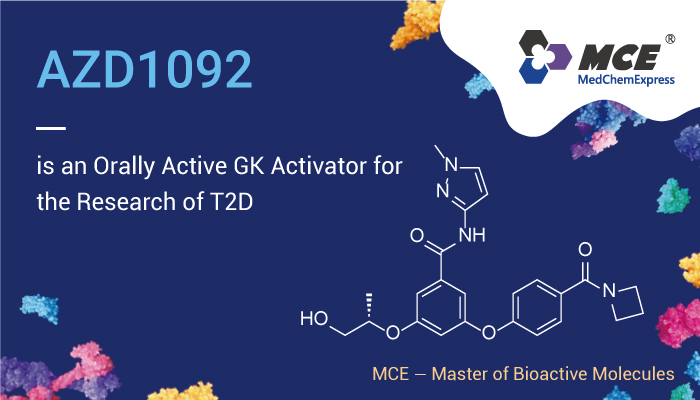Glucokinase is a hexokinase isozyme that facilitates phosphorylation of glucose to glucose-6-phosphate. This is the rate-limiting step in glucose metabolism. Glucokinase occurs in cells in the liver and pancreas of humans and most other vertebrates. In each of these organs it plays an important role in the regulation of carbohydrate metabolism by acting as a glucose sensor. Meanwhile, glucokinase serves as the beta cell’s cytosolic glucose-sensing device and contributes a critical element to the regulatory feedback loop or signaling chain that interconnects blood glucose, the beta cell, the hormone insulin, and the major insulin target tissues.
Glucokinase not only regulates insulin release from pancreatic beta cells, but also other cells that contribute to glucose homeostasis in mammals. This includes other cells in endocrine pancreas, adrenal gland, glucose sensitive neurons, entero-endocrine cells, and cells in the anterior pituitary. Thus, glucokinase triggers shifts in metabolism or cell function in response to rising or falling levels of glucose. In the presence of the mutated enzyme, glucose-stimulated insulin secretion occurs at a higher serum glucose level when compared to individuals with the wild-type enzyme.

AZD1092 is an orally active glucokinase activator.
Small molecule activators of the glucokinase enzyme have the potential to deliver a level of glycaemic control that is superior to current oral agents. As such, attempts to discover glucokinase activators are the focus of many major pharmaceutical research programmes. AZD1092 is an orally active glucokinase activator. Specifically, AZD1092 exhibits dose dependent reduction of glucose excursion in oral glucose tolerance tests in high fat fed female Zucker rats. Futhermore, AZD1092 exhibits glucose lowering efficacy in free feeding glucose profiles in male Zucker rats. Besides, AZD1092 shows no major concerns in preclinical toxicology testing. Thus, AZD1092 has the potential for the research of Type 2 Diabetes.
All in all, AZD1092 is an orally active glucokinase activator that has potential for the research of Type 2 Diabetes.
[1] Matschinsky FM, et, al. Front Physiol. 2019 Mar 6;10:148.
[2] Waring MJ, et, al. Med. Chem. Commun. 2011, 2, 775-779.